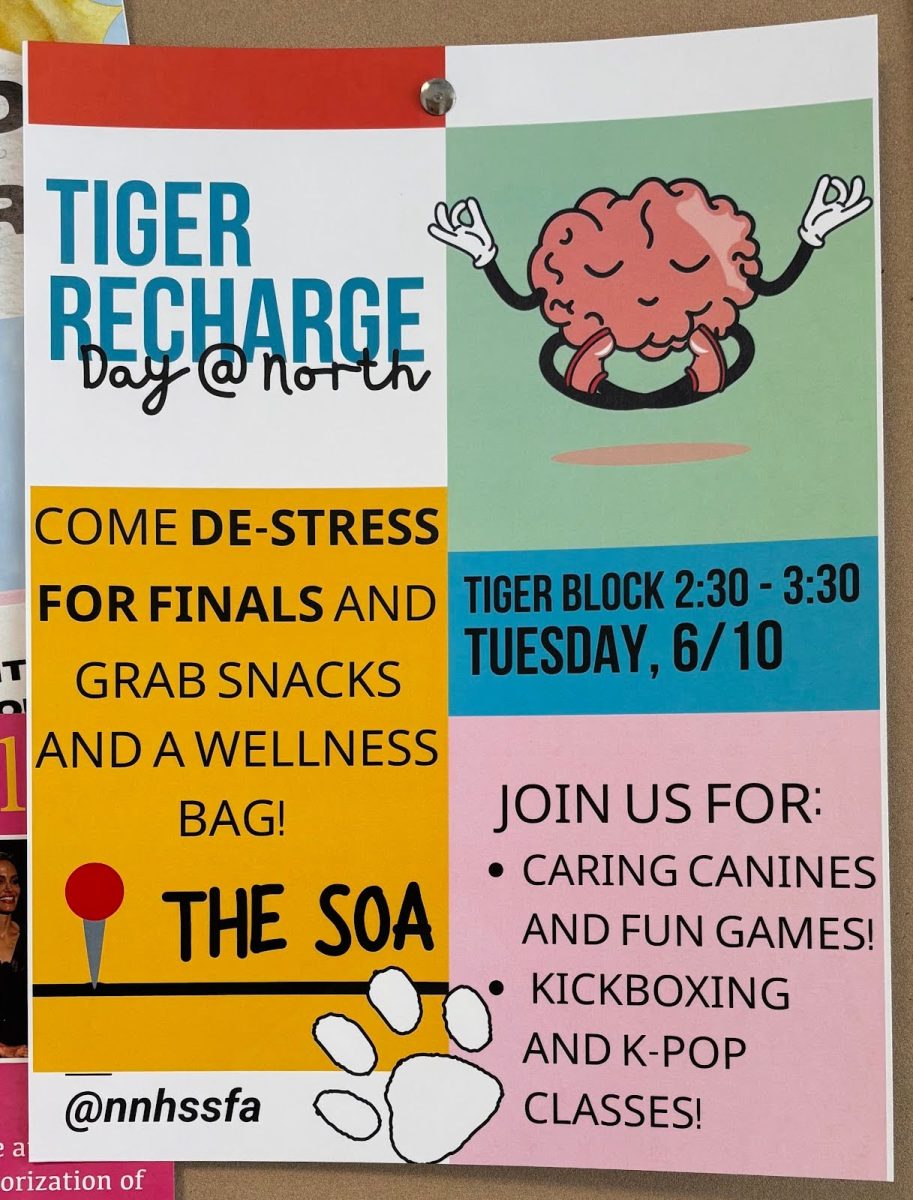
by Leah Budson
Students chattered excitedly as they waited to enter the auditorium for A-block of the first-ever Body Confidence Day. Neon note-cards hung on clotheslines outside of the auditorium with answers scrawled by students to the questions: “When do you feel the most strong?,” “When do you appreciate your body?,” and “What do you want to be known for?”
The block, titled “Media Literacy” featured a power point lecture from MEDA founder Rebecca Manley. According to the organization’s website, MEDA “is a non-profit organization dedicated to the prevention and treatment of eating disorders and disordered eating.” Manley has been working in the field of body image for the last 25 years and identified as having recovered from an eating disorder herself.
Seniors Jenny Cronin and Bethany Lehman introduced the presentation. Lehman set the tone for the block when she explained that “many, if not all, people feel the need to conform to the cookie-cutter image” displayed by the media, despite the fact that “we all know the world is full of diverse people.”

Manley began her presentation by saying that “Today, I want you to begin thinking critically about what you’re seeing. I want you to walk away knowing that you can make a choice and you can make a difference.”
Throughout the panel, Manley weaved together pictures of shocking advertisements with statistics and connections to high school students’ lives. In case audience members doubted the media’s invasion of their lives, she cited that teenagers spend an average of 31 hours a week watching Television and even more time on social networking sites.
“You are huge consumers,” Manley said to the audience. “Advertisers know this. They want your money. And products like this are targeted to you.”
Manley also noted that only 8% of an advertisement is perceived consciously, the rest remains in one’s mind subconsciously.
Manley first explained how images of skinny women and buff men are shown to children since early childhood, citing barbie dolls and superhero figurines. When talking about photoshopping later in the panel, she showed pictures of children before and after airbrushing, explaining that the media decided that even children can be not “pretty enough” or not “cute enough.”

She then showed advertisements for teens and adults that continued the trend. “Ads sell more than their products . . . They aim to show us who we should be,” she explained. Countless examples of photoshopping, airbrushing, and underweight models supported her later statement, “Women are told to look flawless, and anything else is unacceptable.”
The standards have become increasingly unattainable over the years, according to Manley. “When I started doing this work, the lowest size was a two, Now it’s a double zero,” she said. “The bottom line is to never pay attention to the numbers or the sizes, because they mean nothing.” Manley noted that Marilyn Monroe, a beauty image for many, was somewhere between a size 10 and a size 14, which is unheard of in the modeling industry today.
Israel became the first country to ban underweight models in 2012. The United States has yet to do so, said Manley.
In a section of the powerpoint entitled “Sex Sells,” Manley showed many shocking advertisements that enforced standards of toughness and strength upon men and submission and vulnerability upon women. For example, one Abercrombie advertisement featured two women and one man in bed with the caption “Lukas and his playthings.”
Manley noted that the degradation of women into “playthings” is also shown in “parts advertising” where only certain body parts are shown in ads, thus dehumanizing the featured women and men. In an even more literal sense, certain advertisements Manley showed presented women as objects, including women as beer cans and video games.
Manley ended the panel on a proactive note, telling the audience that “Change begins with you. Think Critically. Know what you see is not reality. Be conscious of your media consumption . . . Find things to do that make you happy. Repeat.”












































